Transcription of D u c t a r e a E l e c t r i c p o w e r HEATING ELEMENTS ...
1 CF M x (T 2 - T 1 ) x 3kW =Q x (T 2 - T 1) x 1,21360 0P =kW : Power in kWCFM : Air vol ume in cubi c feet per mi nuteT 2 : Te mperature of ai r leavi ng hea ter in FT 1 : Temperatureof ai r ent eri ng heat er in FP : Pow er in kWQ : Ai r vol um e in m3/h rT 2 : Temper atu re of ai r le av ing heat er in CT 1 : Temper atu re of ai r ent er in g he ate r in CImper ialMetricFormulasConversionsImperialMet ricCFMx (T 2 - T 1 ) x x (T 2- T 1) x 1,213600P =Poweror electric heatercapacityImperialMet rickWx 3413 CFM x T=P x 3600Q x 1,21 Temperatu redif ferentialkW : Po we r in kWCF M : Air volume in Cub ic Feetper Minu teT 2 : Tem per at ure of ai r leavin g hea ter in FT 1 : Te mp erat ure of ai r ente ri ng heater in FP : Po wer in kWQ : Ai r vol ume in m3/hourT 2 : Tem per at ur e of ai r leav in g heat er in CT 1.
2 Tem per at ur e of ai r enter ing hea ter in C T = T 2 - T 1 T=ImperialMet rickWSkW/ pi2=KWper squarefootkW : Po we r in kWS : Su rfa ce are a in sq uare feetPSkW/ m2=P : Power in kWS : Su rf ac e are a in m2 ImperialMet ricWx H144S =DuctareaW : Du ct wi dth in in che sH : Du ct He ight in inch esWx HS =W :Du ct wid th in meterH : Duct heig ht in mete rEl ectri c powerR : Re sis tan ce in (O hm )V2RP =P : Power in Wat tsV : Vo ltag e in Vo ltsLi necurrentV x IP =I : Cur ren t in Amp souSing le pha se3 ph as ePVI =PV x = Fto C( C) + 32 F C to F( F- 32) C1.
3 8 BTUto kW3413 BTU/ hre1 kWkWto BTU===0. 29307 x 10-3kW1 BTU/h re= mm1 inIn chestomm= mm=CFM to FPMFPMto CFM1 FPM x S1 CFM1 CFM1 FPMS==S : Surf ac e are a in squ are fe etS : Su rfa ce are a in sq uare feetS : Su rf ac e are a in mSing le pha se3 pha seV x I x =VRP =2 VRP =X 322 Imp eria lMet ricCFM x (T 2- T 1)x x (T 2- T 1) x 1,213600P =Powerorel ectric heatercapacityImp eria lMet rickWx 3413 CFMx T=P x 3600Q x 1, 21 Temperaturedif ferentialkW : Pow er in kWCF M : Ai r vol ume in Cu bic Fee t per MinuteT 2 : Te mpe ra ture of air leaving heat er in FT 1.
4 Te mpe ra ture of air enteri ng he ater in FP : Po we r in kWQ : Air vo lum e in m3/hou rT 2: Te mp er at ur e of ai r leav ing hea ter in CT 1: Te mp er at ur e of ai r entering heat er in C T = T 2- T 1 T=Imp eria lMet rickWSkW/ pi2=KWpersquarefootkW : Pow er in kWS : Su rf ace are a in squ are feetPSkW/ m2=P : Po wer in kWS : Su rf ace are a in m2 Imp eria lMet ricWx H144S =Duct areaW : Duc t width in inc hesH : Duc t He ig ht in inc hesWx HS =W :Du ct wid th in met erH : Ductheight in mete rElectric powerR : Resi st ance in (Ohm )V2RP =P : Power in Wat tsV : Vo ltage in Vo ltsLin e currentV x IP =I : Cu rren t in Am psouSing le pha se3 ph as ePVI =PV x = F to C( C) + 32 F Cto F( F - 32) C1.
5 8 BTU to kW3413 BTU/hre1 kWkWto BTU=== x 10-3kW1 BTU/hre=mmto in mm1 inInchestomm= mm=CFM to FPMFPMto CFM1 FPM x S1 CFM1 CFM1 FPMS==S : Surf ac e are a in squ are fe etS : Su rf ace are a in squ are feetS : Su rf ace are a in mSing le pha se3 pha seV x I x =VRP =2 VRP =X our web site at ELEMENTS117071206006_KSSelection GuideElement TypesAdvantagesDisadvantagesOpen Coil-Excellent heat dissipation- Minimal pressure drop -Fast response time- More kilowatts per Quick delivery- ELEMENTS in direct contact with air-Cannot be installed in humid environments- Cannot be installed in dusty environmentsStandard Tubular- Less sensitive to humidity and dust- Suited for demanding environments- Excellent mechanical resistance- HEATING element not in direct contact with air.
6 Increase in pressure drop- Slower response time- Less heat dissipation- Less kilowatt per Longer deliveryFinned Tubular- Good heat dissipation- Less sensitive to humidity and dust- Suited for demanding environments- Excellent mechanical resistance- HEATING element not in direct contact with air- Increase in pressure drop- Slower response time- Less kilowatt per Longer delivery Static Pressure LossVisit our web site at ELEMENTS217071206006_KSMinimum Air VelocityOpen Coil ElementsTubular ElementsVisit our web site at ELEMENTS317071206006_KS










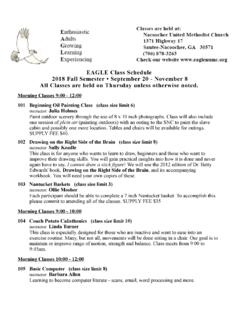

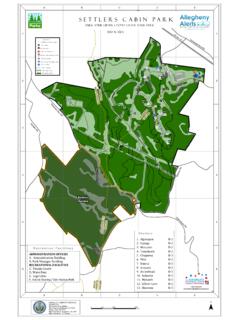
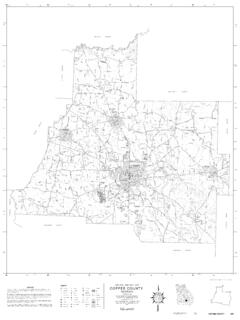
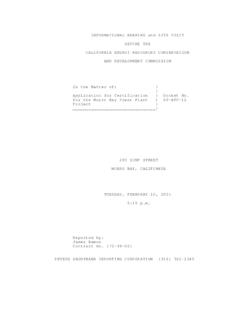

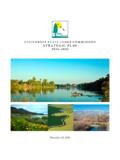

![e 5 ` ] ` M 4 e V q ` L ] d @ = e H g < M d M r ^ T](/cache/preview/7/0/5/c/0/d/1/d/thumb-705c0d1da3778499ec6182c2f7bf64a5.jpg)
